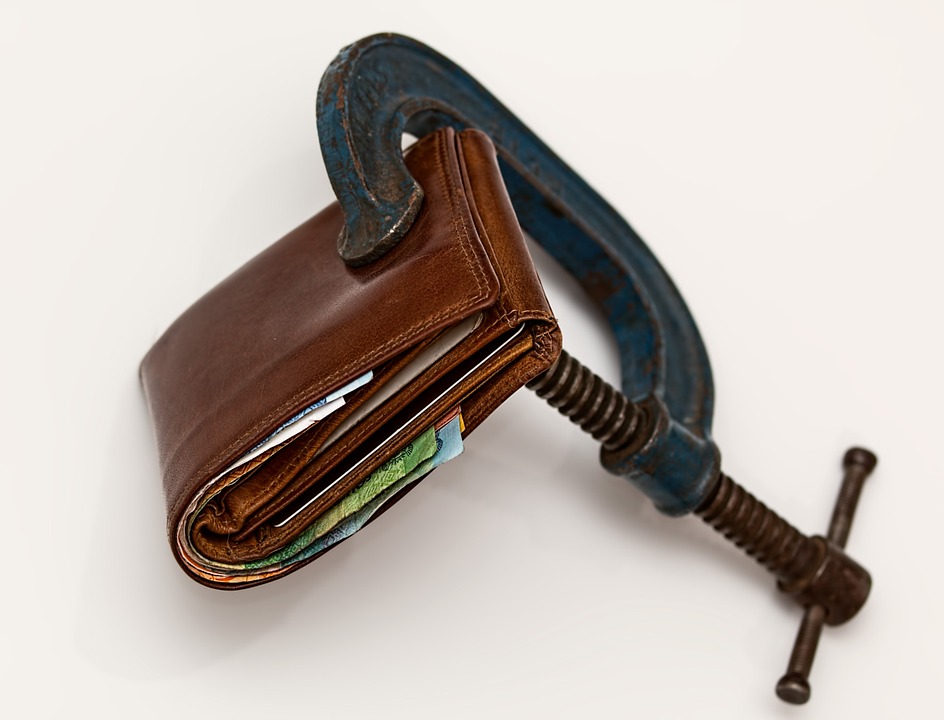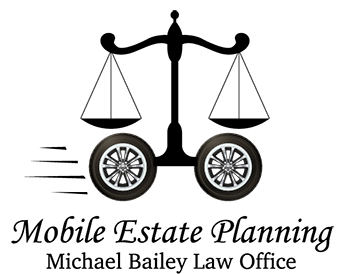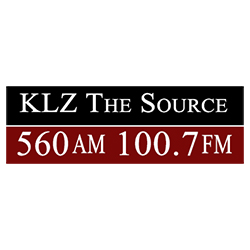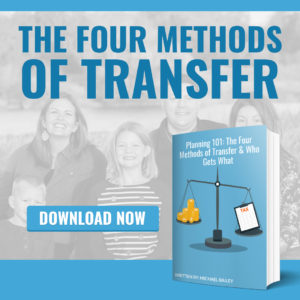 When someone asks me, “Well, if I set things up right, I don’t even need a will or a trust, right?” I often wonder if the person asking the question wants an actual answer, or just wants me to agree with them. I think I understand what the person is asking, but I am not sure why someone would want me, an estate planning attorney, to simply agree that the work I normally do serves no purpose. Perhaps it is because people want to look for easy ways to do things, or they don’t want to be involved with the courts after a loved one or relative passes away.
When someone asks me, “Well, if I set things up right, I don’t even need a will or a trust, right?” I often wonder if the person asking the question wants an actual answer, or just wants me to agree with them. I think I understand what the person is asking, but I am not sure why someone would want me, an estate planning attorney, to simply agree that the work I normally do serves no purpose. Perhaps it is because people want to look for easy ways to do things, or they don’t want to be involved with the courts after a loved one or relative passes away.
Or, perhaps people just don’t want to spend money on something they may not reap a direct and immediate reward from, or perhaps the people who ask this question genuinely misunderstand the purpose of estate planning. In any case, the tone of the question does have a lot to do with the response I give. To be clear, there are definitely ways of leaving money to your heirs without a will or a trust, some of which are described here.
The Type of Asset Makes a Difference
Depending on the type of asset involved, the designation of a beneficiary is differently named; this blog discussed the differences and when to use each form to designate a beneficiary.
A. True Beneficiary Designations: Retirement Accounts, Life Insurance, Other Accounts
Many financial assets have a beneficiary designation, which means that you can designate someone to receive the assets in the account when you pass away. IRAs, 401(k)s, life insurance policies, annuities, and other similar financial accounts have beneficiary designations – that will even override a will. As discussed here, some of these assets can be used as leveraged assets to improve your own financial situation and those of your beneficiaries. When the account owner or account holder passes away, the heirs can contact the company that administers the financial account, fill out the necessary paperwork, and a payment will be made to the beneficiary.
So long as all financial accounts have beneficiary designations and those beneficiary designations are up to date and correct, all of the asset in these types of accounts will transfer to the designated beneficiaries outside of the probate process. Many times, beneficiary designations are set up and forgotten, so that when someone dies, the beneficiaries set up years, or decades, ago will receive the assets. It is critical to keep all of the beneficiary designations up to date.

Of course, there can be tax consequences to these transfers. If money is paid out directly to a beneficiary from an IRA or a 401(k) will be subject to income tax to the receiver, as the accounts were not taxed as money went into the account. Depending on the amount in the IRA or 401(k), this can be a significant tax, topping 50% or more of the value of the asset if the amount is high enough, so careful planning is a must. It is possible to roll money in an IRA or 401(k) into an inherited IRA for the beneficiary, so that would avoid taxation on the transfer to the beneficiary at the death of the account owner. Life insurance proceeds are generally not subject to income tax, so long as the life insurance is set up that way.
B. Bank Accounts

Bank accounts do not have a beneficiary designation. Instead, bank accounts can have want is known as a POD (Pay on Death) designation. This designation is similar to a beneficiary designation, in that you can set up someone to receive the money from a bank account. This type of designation needs to be set directly up with the bank where the account is held. If someone switched banks, or bank accounts, then the beneficiary designations need to be updated.
C. Investment Accounts
Many after tax investment accounts, like a stock investment accounts, mutual fund account, bond fund, or other after tax account may also have a designation, frequently called a TOD (Transfer on Death) designation, which will allow assets in that account to be transferred to a designated person upon death of the account holder. A TOD is quite similar to a POD for bank accounts or a beneficiary designation for retirement accounts. The TOD needs to be set up with the company that holds and administers the investment account, and the TOD will transfer the assets to whomever should receive the assets outside of the probate process.
Each form of beneficiary designation, POD, or TOD is a way to avoid the probate process, which may be a desirable outcome, but such transfers still have an impact on the individuals who receive the money. Income taxes may become important for retirement accounts, and updating beneficiary designations, PODs, and TODs needs to be done to get an asset to the correct person. If beneficiary designations are not up to date, that’s when problems start.
A Cautionary Tale for Life Insurance
I have a friend whose son passed away a few years ago, and life insurance money paid out $500,000 after his death. The son married his wife only a few months prior to his passing away, but the life insurance proceeds were paid out to the mother, as the mother was the designated beneficiary on the life insurance policy. Although the plan may have been to change the beneficiary designation to the son’s new wife, the change was never made, so the mother received the $500,000 payout from the life insurance. This was a the correct payout from a legal standpoint, but it became a point of severe contention between the mother and the wife. The wife thought she was entitled to the life insurance payout and she demanded payment from the mother. The mother did not see it that way, and the two started fighting, a fight that continues to this day. The son’s death was sad event, but the family’s infighting made it even more tragic. The family not only lost their son, but each other, as well.
D. Beneficiary’s Deeds for Real Estate

Real Estate is a different form of property under the law than financial assets. Real estate generally needs to be handled through probate, as the government, usually the county, has in interest in knowing who owns the property, and is involved in the transfer of real estate. However, in Colorado there is a process to transfer real estate to a beneficiary using a beneficiary’s deed. This type of deed is prepared and recorded at the county level before someone dies, and the deed names a beneficiary who should receive the real estate after an owner’s death. If a beneficiary’s deed is set up properly, then the designated beneficiary just needs to let the county clerk and recorder know of the individual’s death, so that ownership will transfer to the beneficiary.
Caution: Use the Methods Above Carefully
Not all of the above-referenced beneficiary designations works for everyone, and if just one asset is not designated, then having a will or a trust is necessary to describe what will happen to an assets without a designation. If someone needs to control assets after death, or doesn’t want assets to go to a minor child outright, then a will or a trust may be necessary to accomplish what you want.
Estate planning is about the planning process, no matter what documents end up being prepared, or what form of planning you choose. A professional can help you determine the best approach for you. Even if you don’t think you need traditional documents, you can schedule an appointment to discuss your situation with an estate planning attorney here.

 720-730-7274
720-730-7274








